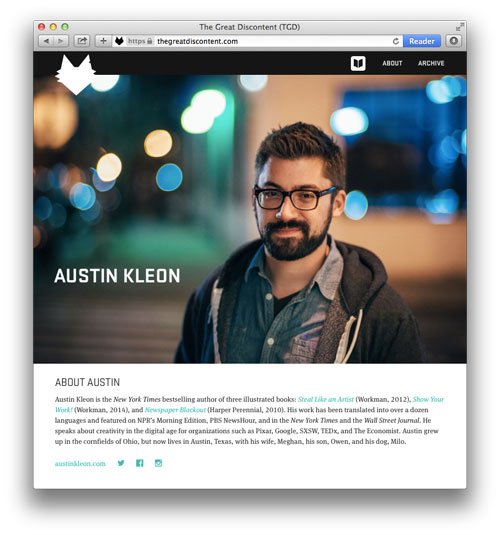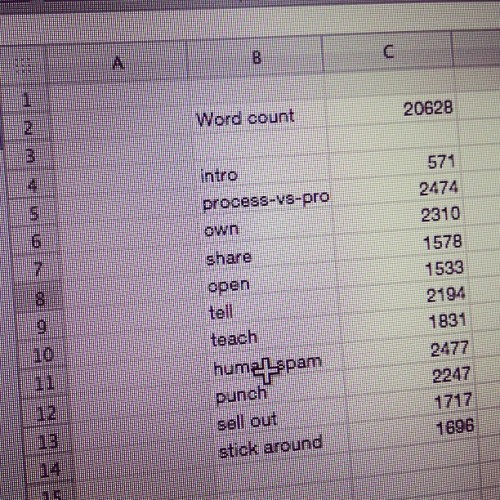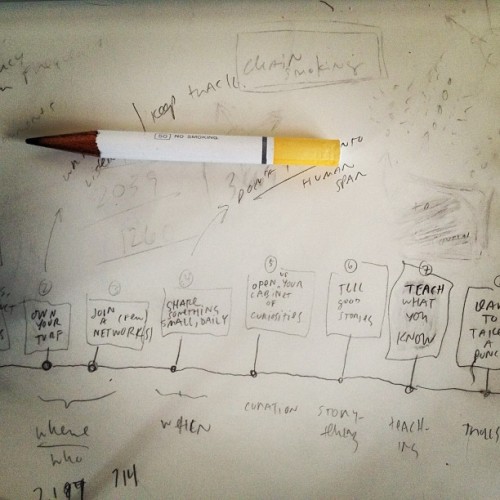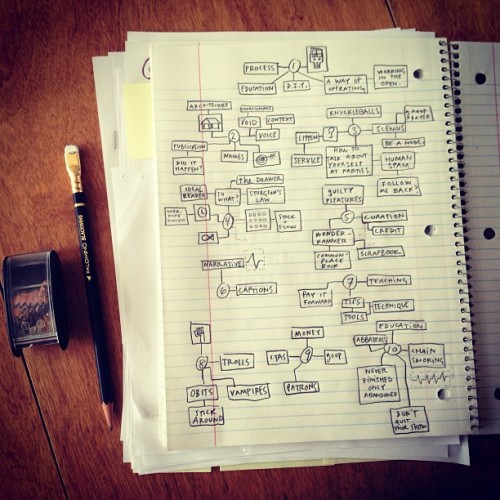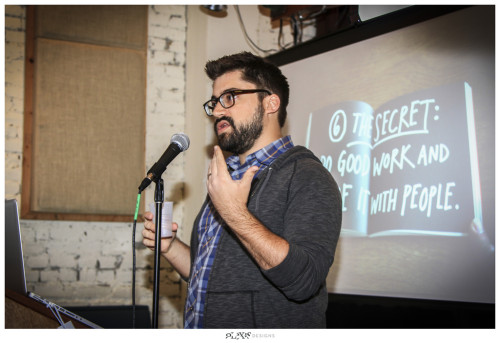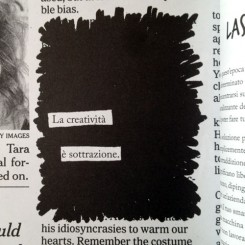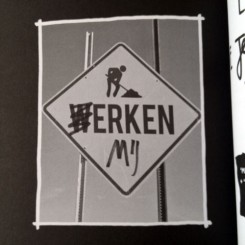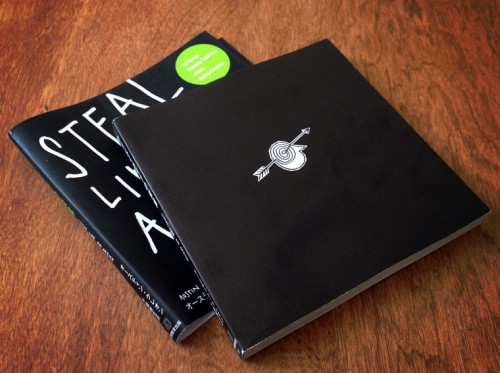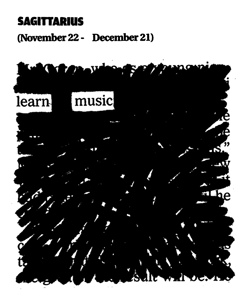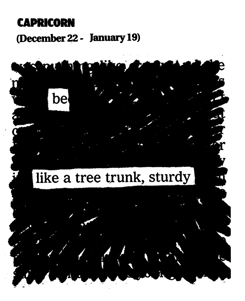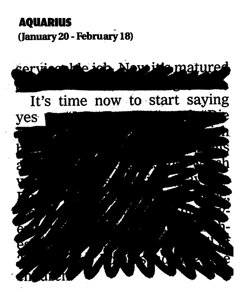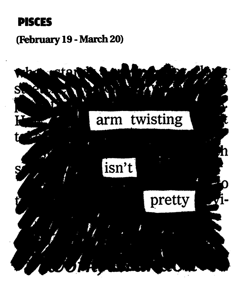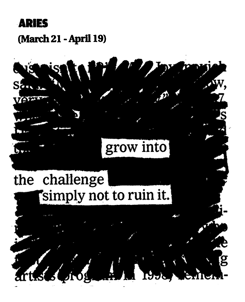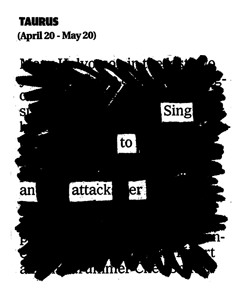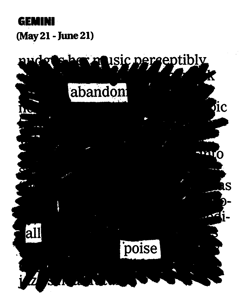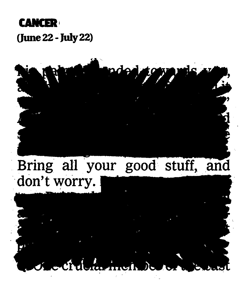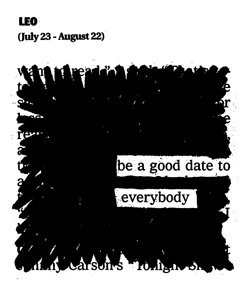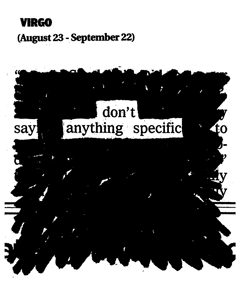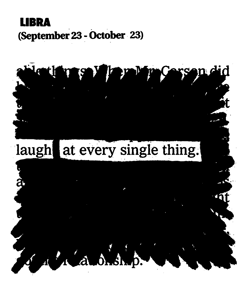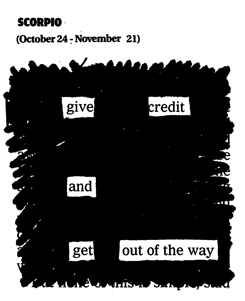I was delighted to talk to Tina and Ryan Essmaker for their awesome interview series The Great Discontent. They’re fellow Midwestern ex-pats, so we talked forever and ended up at a bar singing karaoke later. They’re also amazing editors, and trimmed my blathering into a great read.
My favorite bit:
The newest challenge I’m facing is continuing to make things and not just talk about making them. I’m in a very dangerous position right now; I could shave my head, put on a robe, and become the guru. I could be the guy who flies around, talking about being creative, gets a nice paycheck, and goes home. That’s not interesting to me. If there’s a reason people like my books, it’s because they came out of my practice and what I learned while I was working. Now that Show Your Work is out and doing okay, the next big task is making sure that I stay connected to my work. How do I ensure that I don’t lose my desire for wanting to make stuff?
Read the whole interview here.
